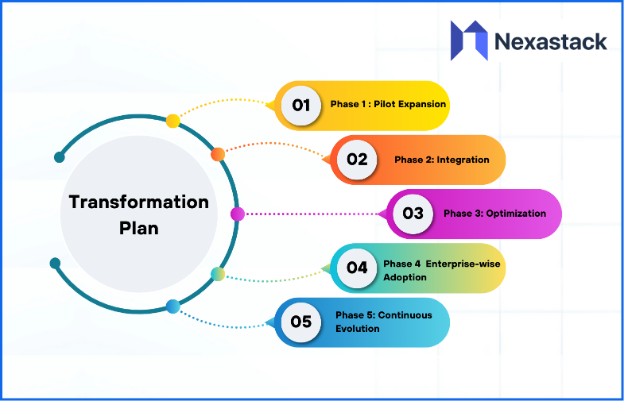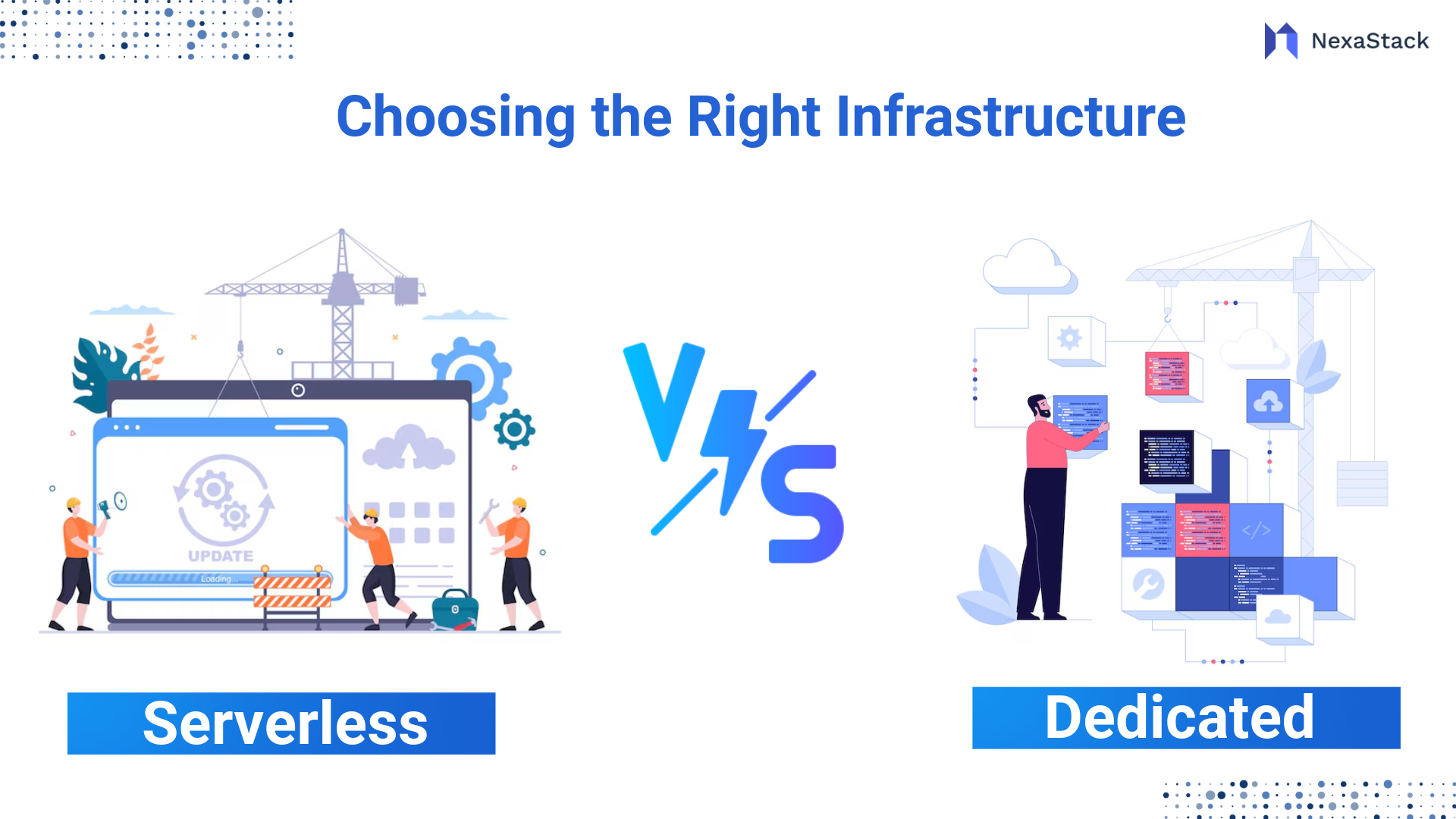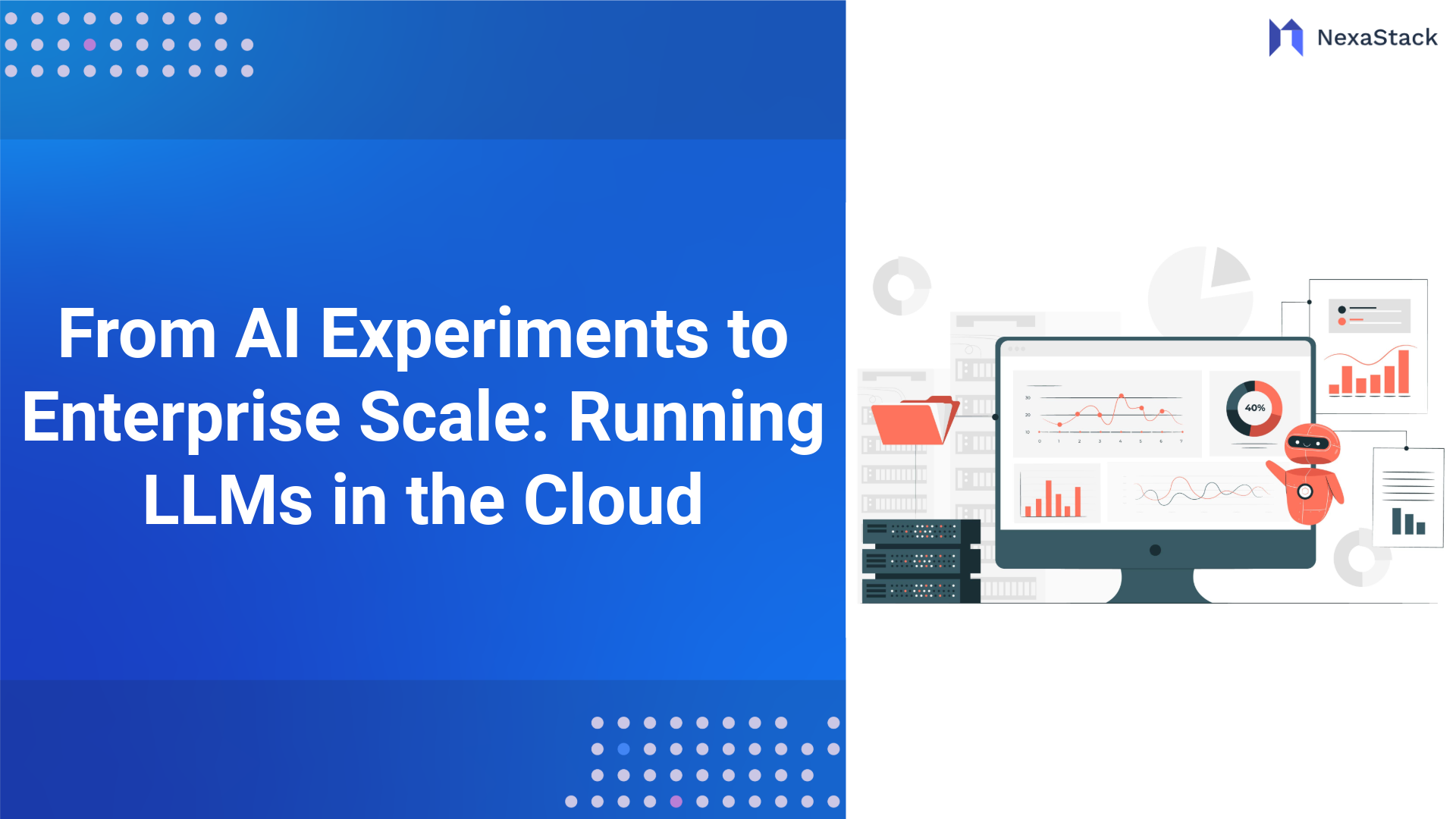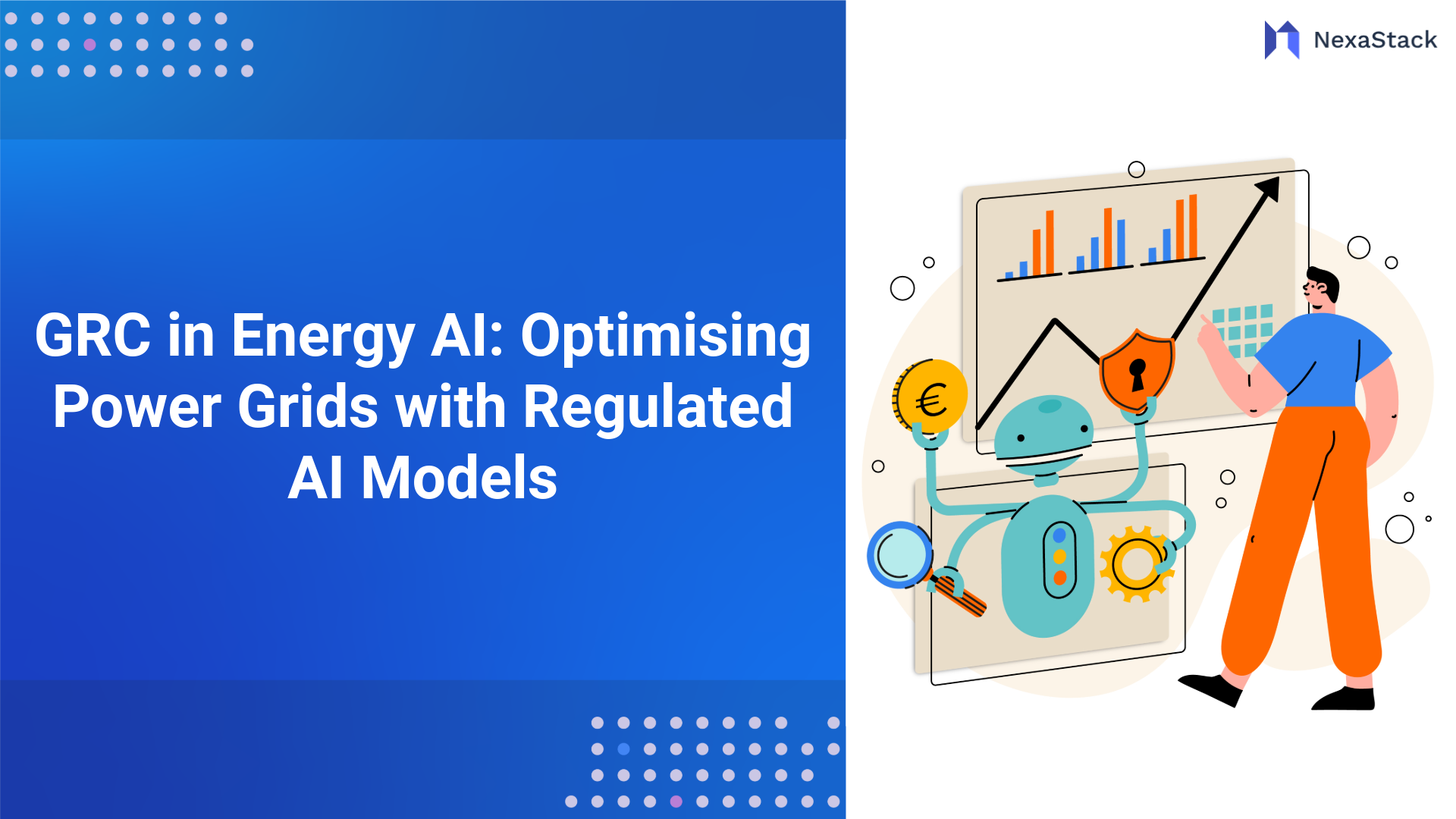The swift development of artificial intelligence (AI), specifically large language models (LLMs), has changed how organizations approach innovation, productivity, and customer engagement. What started as small experiments - tinkering with chatbots, text generation, and/or predictive analytics - has become a strategic imperative for companies wanting to stay competitive in the digital world. However, challenges are associated with scaling LLMs from a proof-of-concept to an enterprise-wide solution. Enterprise-wide deployments will take a structured roadmap cognizant of technical feasibility, business value, and organizational readiness. This blog will discuss a structured framework to move from AI experiments to enterprise-wide deployments of LLMs in the cloud with measurable impact. The roadmap will follow six key pillars: Maturity Assessment, Business Case, Resource Allocation, Governance Framework, Competitive Strategy, and Transformation Plan. 
AI Maturity Assessment for LLMs
The path to deploying large language models (LLMs) at the enterprise scale begins with an honest evaluation of your organisation’s current AI maturity. Many organisations start experiments on an ad-hoc basis, for example, a data science team doing some fine-tuning of an open-source LLM or marketing doing some checking of AI content generation. While you show some potential with these types of efforts, they do not tend to have the structure needed for a broader impact.
A maturity evaluation assesses multiple dimensions:
-
Technical Capacity: Do you have the infrastructure (cloud platforms such as AWS, Azure, or Google Cloud) to support LLMs? Can your teams manage distributed computing, model tuning, or API integration?
-
Data Readiness: LLMs thrive on high-quality, well-structured data. Are your datasets clean, accessible, and compliant with privacy laws?
-
Organisation Readiness: Is leadership onboard? Are the business units ready to implement AI into their processes?
-
Testing Scope: How many use cases have been tested? Are the use cases returning outcomes, or are they still in the "cool demo" mode?
For example, a retailer may assess their AI maturity and find it only consists of one chatbot test, running locally, e.g., a single use case, within a separate proof of concept with no documented cloud deployment plan or related scale plans. Evaluating maturity provides insight into where one sits in the practice and explores gaps in their skills, tools, processes, etc., that may need to be considered before scaling. The final goal is to move from siloed pilots to a comprehensive strategy with LLMs driving multiple functions across the enterprise - customer service, supply chain optimisation, product development, etc.
Building a Business Case for LLM Adoption: Justifying the Investment
Scaling LLMs on the cloud is not inexpensive. These models require major computational resources during training, fine-tuning, and running, often including a GPU cluster or TPUs for hardware. And don't forget about the storage and cost of creating data pipelines, let alone the personnel costs. Your total bill can add up quickly when you add all those costs. You need to make a business case to get funding and buy-in from executives.
First, you will want to identify some high-value use cases. Here are some examples:
-
Customer Experience: An LLM-enabled virtual assistant can handle the majority (80%) of customer inquiries, saving at least 30% on call centre costs.
-
Content Creation: LLMs can create or assist in developing marketing copy or technical documentation with an estimated 50% savings in production.
-
Decision Support: Using LLMs to help with strategic planning increases the accuracy of forecasts (approx. 20%) based on current market analysis and threat identifiers.
Secondly, quantify those benefits. Supply measures such as return on investment (ROI), cost savings, revenue growth, or customer satisfaction scores are quantification measures. For example, a financial services firm may assess that using an LLM-based fraud detection system would save the company at least $10 million per year based on improved accuracy by eliminating false positives and increased brand and reputation by improving the speed of the investigation.
Lastly, consider the risks. There are many concerns related to lag, data security, and model bias concerning cloud-based LLMs. Your business case should describe whether you plan to utilise an encrypted cloud environment, conduct regular audits, or take other approaches to satisfy stakeholders. A compelling business case satisfies directives and AI aspirations with an organisation's business goal to demonstrate that LLMs are more than a shiny new toy, but an organisation that yields real value.
Strategic Resource Allocation for Cloud LLMs
After business case approval, it's time to turn to the business allocation of time, talent, and budget. Running LLMs at scale requires a resilient cloud infrastructure, skilled employees, and a suitable matching budget. Here's how to break it down:
-
Cloud Infrastructure: LLMs require massive compute power on the training and inference side. Cloud infrastructure provides scalable capabilities - AWS SageMaker, Azure Machine Learning, Google Cloud Vertex AI - that can scale with demand. For example, a healthcare provider votes to use Azure's GPU instances to train an LLM on patient records and then utilise CPU instances to perform inference in real-time.
-
Talent Strategy: You will require data scientists who can "fine-tune" the models, DataOps engineers to deploy on the cloud, and subject matter experts to allow the LLM output to serve business purposes. Consider whether it is better to upskill a current employee and/or run an additional employee search.
-
Budget Phasing: Remember to factor in costs incurred outside of salary and hardware, such as data storage, API calls, and required maintenance. Remember to take a phased approach to the budget - i.e., allocate all 3 resources to one department first (at least until proven), and then roll out to an additional department, before completing the organization.
For example, suppose a manufacturing firm is scaling significantly in an LLM and developing its processes, it would deploy 60% of that spend to cloud compute, 25% to supporting a hybrid team of AI practitioners and logistics experts, and 15% to data governance. The critical part of the example is to keep a balance, fully deploying resources on technology when you do not yet have skilled operators, or the contrary value in people without technology will stall or derail the project. Resource allocation is spreading resources wisely to ensure you have the tools and people necessary to deliver on that vision.
Governance Framework for Responsible AI
Governance will be unavoidable as large language models transition from experimentation to enterprise applications. These models can produce biased outputs, expose sensitive data, or malfunction unpredictably, exposing an organisation to legal, ethical, and even reputational risk. A governance framework serves as a guardrail that allows for responsible deployment. Some of the essential components include.
-
Data Privacy: A cloud-based service may process large and complex datasets depending on the LLM. Even if the provider takes precautions for security and privacy, organisations are still responsible for data governed by laws like GDPR or CCPA. Techniques such as differential privacy or federated learning can allow organisations to protect user data while still enabling the model to be trained.
-
Model Oversight: Regular audits of LLM outputs can help identify biases and inaccuracies. For example, a bank using an LLM to inform decisions about loan applications may review the LLM's decisions to ensure fair distribution across different demographics.
-
Access Control: Who can deploy, change, or query the model? If the LLM is based in the cloud, role-based access across users can systematise the model's use across an organisation.
-
Explainability: Enterprises adopt LLMs to make predictions and decisions or aid in those processes, and are accountable for the outcomes of their models. Models deployed on LLMs need to be understandable to the organisations deploying them, especially in regulated industries, but also to ensure model transparency to customers and minimise liability for organisations deploying the LLM. Tools to generate explainability models and ensure transparency include SHAP and LIME.
For example, a telecommunications organisation may implement a governance framework in which every interaction with the LLM is logged, interactions can be flagged for human review if the LLM creates a response outside a designated set of parameters, and only one small team drives/modifies the model. A governance framework is decidedly not about inhibiting innovation but empowering the organisation to scale innovation while knowing that risks are managed.
Competitive Strategy Leveraging LLMs
As AI rapidly becomes the expected norm, using LLMs to their maximum potential will deliver superior differentiation, but it must be done strategically. A competitive business strategy will use LLMs to address a particular pain point, improve user experience, or upend a market altogether.
First, identify opportunities through an industry audit. Where are competitors missing the mark? A retailer could see their competitors using manual (and slow) customer service calls, and introduce an LLM-based live chat option that deadlocks and answers service questions 24/7 with fluency indistinguishable from humans. A media company could use LLMs to write tailored news summaries for each user, building audience engagement and loyalty faster than traditional news outlets.
Secondly, what solutions can a company leverage LLMs to provide to the customer as part of their value proposition, for example:
-
Speed: A logistics company could use real-time LLM capabilities to analyse real-time data and route shipments that arrive ahead of their scheduled delivery.
-
Customisation: An e-commerce site may provide AI-driven personalised product descriptions for each online shopper based on their self-identified preferences.
-
Innovation: A biopharmaceutical company could use LLMs to analyse and summarise thousands of research papers and suggest potential compounds faster than humans.
Cloud adoption enhances strategic positioning by providing elasticity of scaling on demand for peak traffic loads, such as the holiday selling season.
Cloud Transformation Plan for LLM Rollout 
The last component of the roadmap is a transformation plan. As the name suggests, it's a step-by-step plan that outlines scaling LLMs across the enterprise. This is not a project that concludes and moves on; it is a multi-year journey that flows with technology and business configurations.
Phase 1: Pilot Scaling
Take the successful projects, either in-hand-of themselves or when used for a specific purpose and scale them. For example, a marketing team using an LLM for content creation could expand its use to the sales team to support outreach, to human resources to write playbooks, and to customer support to provide information via co-browsing. At this phase of the journey, you can more effectively deploy the LLM across the organisation through a cloud platform, maintain performance levels, and receive input on its use.
Phase 2: Integration
Add LLMs to core operational systems. This might involve integrating LLMs with a CRM to support personalized outreach or injecting LLMs into an ERP for predictive equipment maintenance. The use of APIs and microservices makes this onboarding process easy in the cloud.
Phase 3: Optimization
Optimise performance and cost. For example, trimming the model or using processes such as quantisation will reduce computing costs without a significant impact on accuracy. Keeping an eye on key performance indicators, such as benchmark time to respond and various levels of user satisfaction, will yield data to confirm impact.
Phase 4: Enterprise-Wide Implementation
Laying the groundwork for deploying the model across all relevant functions will require significant training programs and change management. For example, a national-based global insurer supported using LLMs to process claims written in 20 different languages. This process significantly reduced transaction costs by decreasing the time it took to process claims.
Stage 5: Continuous Change
LLMs are not fixed. Continuous updates keep LLMs current. Because LLMs exist on cloud platforms, they can be continuously changed to keep up with trends. A technology company could adopt this plan to develop its LLM from a single customer service agent to a full company AI assistant, with an anticipated $50 million annual savings. The development plan permits a transition from ambitions to actions, measuring progress against defined milestones and outputs.
Conclusion
Transitioning from AI proofs-of-concept to enterprise-scale LLM production takes a complicated effort. The cloud is the key, providing the scalability, flexibility, and muscle necessary to take small-scale successes to an organisation-wide scale. With this roadmap in place—measuring maturity, creating a business case, committing resources, creating governance, developing a competitive strategy, and implementing a transformation plan—an enterprise can leverage LLMs to generate efficiency, innovation, and growth.
The path demands precision and patience, but the reward is obvious: a future in which AI isn't an experiment, but a foundation of your company. As LLMs keep advancing, those who succeed in their cloud deployment will set the pace, redefining what's achievable in the business world.
Next Steps with Running LLMs in the Cloud
Talk to our experts about implementing compound AI system, How Industries and different departments use Agentic Workflows and Decision Intelligence to Become Decision Centric. Utilizes AI to automate and optimize IT support and operations, improving efficiency and responsiveness.


